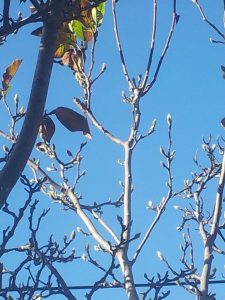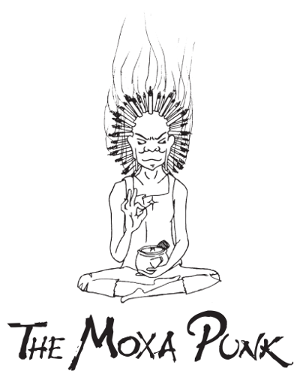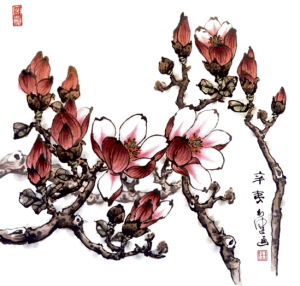Posts Tagged: common cold
magnolia buds
 Magnolia buds are out in Melbourne. We use them for the nasal congestion of colds,sinusitis, and hayfever. The hairs can be a little irritating though so the buds are put in cloth bags when we brew tea from them.
Magnolia buds are out in Melbourne. We use them for the nasal congestion of colds,sinusitis, and hayfever. The hairs can be a little irritating though so the buds are put in cloth bags when we brew tea from them.
The drawing is from “Famous Flowers of China”
germs don’t cause colds and flus, low immunity does

Germs don’t cause colds and flu, low immunity does.
How’s that for a controversial opening? A recent study has shown that only 23% of people infected by a flu virus display symptoms.* So while infection with a virus is necessary for viral illness, it isn’t sufficient alone to cause it. This means that the immune response to the infection is more important in determining whether someone gets sick or not, and makes low immunity more of a cause of illness than infection.
Anyone who travels by public transport, works in an office, or has kids will recognise that it is impossible to avoid exposure to cold and flu viruses, so it makes sense to boost your immunity to prevent illness rather than trying to avoid germs. This can be done by getting enough rest, eating healthy meals regularly, dressing to avoid cold exposure, and exercising sensibly. There’s more on how to do this here: How to stay healthy in winter.
Still more can be done by seeing a Chinese medicine practitioner for acupuncture, moxibustion, and herbal therapy, particularly if you’re feeling a bit run down already or if you tend to catch colds easily. We can use these therapies to improve your immunity and wellbeing – there’s even a 450 year old combination of herbs called Yu Ping Feng San 玉屏風散 or Jade Windscreen Powder designed to stop people catching colds and flus.
You could also try using moxibustion yourself to boost your immunity. Warming a point called Zu San Li with moxa can improve immunity, digestion and endurance, and relieve fatigue. There’s a video on how to do it here: How to do moxibustion.

